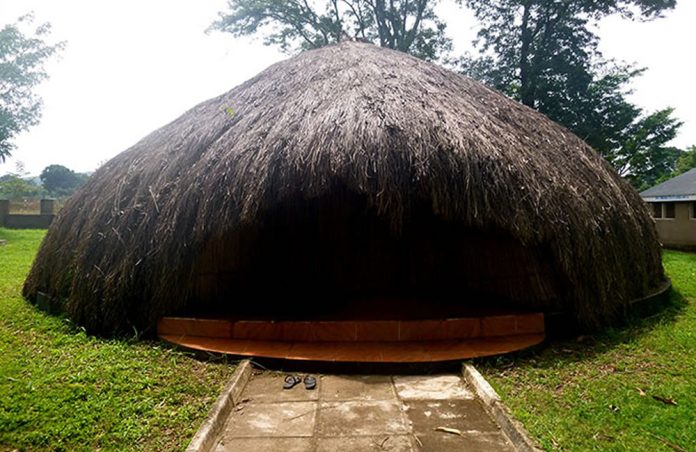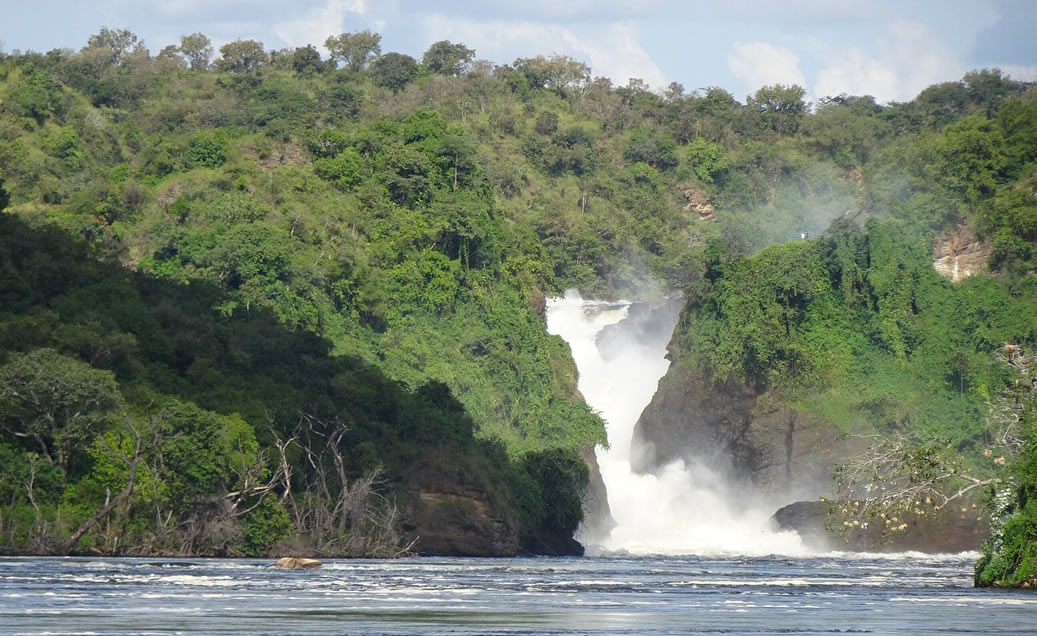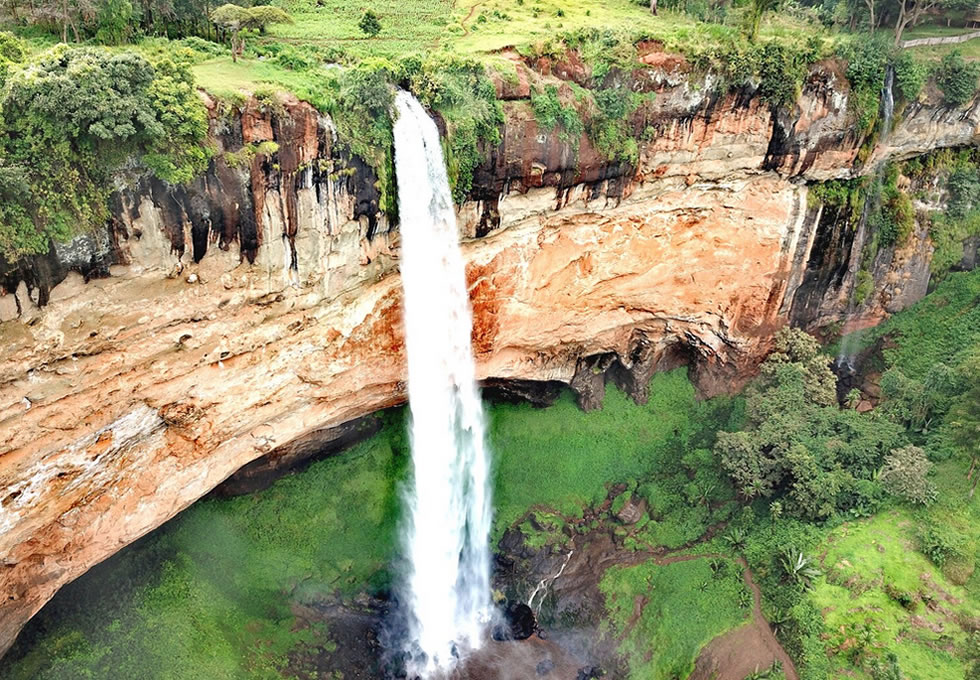A story is told of a king, a very gutsy king. He remains the greatest king of the Bunyoro Kingdom. Omukama Kabalega, what a king. A man remembered for his incomparable attempts at protecting his people from the British colonialists who had then taken over the Buganda Kingdom.
So when he died in 1923, imagine what his burial ground looked like. Indeed, this is not a story about The Great Kabalega, this is a story about Mparo Royal Tombs, where the Bunyoro-Kitara royalty is laid to rest. A place where the South-Western Kingdom’s culture is preserved and the leaders celebrated in the most authentic of ways.
Mparo Royal Tombs
Baking with an intriguing insight into the culture and traditions of previous Kings of the Bunyoro Dynasty, a kingdom that birthed the Bantu tribes in Uganda, Mparo Royal Tombs is a place to visit. Sitting on an expansive land along Hoima-Masindi Road that used to host the palace of Kabalega, it remains as peaceful, beautiful, and serene as ever.
The tombs, a treasure to the kingdom’s people have designed, befitting cultural royalty. A look at Kabalega’s dome-shaped tomb made up of grass and reeds will affirm this. Boasting of a fairly complex design its decoration is a tale of a culture well-preserved. A step in will reveal regalia that tells of a man whose strength saw the kingdom resist the British rule in the late 1880s. Interestingly, some of these he used while still alive. His spears, drums, baskets, stools, and wooden troughs, you name it, and Mparo would have it.
It’s not just the Kabalega’s regalia that graces the tombs, other fallen kings are well represented too. Each tomb is shielded with barkcloth, a cultural cloth made from cultural trees. The thing about the tombs is that each tomb allows for a different experience. King Sir Winyi IV’s tomb, for example, has a calming effect to it. Towering trees provide all the tranquil there is and of course lots of fresh air. Important to note is that these trees are as old as time and like the kingdom, have stood the test of time.
Forget the type of royal graves you have seen, the Mparo Royal Tombs have found a way to bask in rich history and remain modest. The art, however, the artifacts really and the story behind each piece make Mparo worth the drive.
Well maintained and authentic, these tombs capture the feel of true African royalty. A foot into the dimly lit thatched tombs is nothing short of magical. The history therein oozes through the atmosphere and nothing but culture matters. Besides the trees that stand guard outside, the tombs also allow for more royalty as showcased by a gently fenced off fenced graveyard where other royal members were buried. Not to forget the monument where Kabalega met Emin Pasha in 1871. Amazing!
Going Deeper
Hard to miss though would be the consistency with which the number nine is subtly featured. See, the Banyoro consider this a number of luck. Yes, nine! That quickly reminded me of the time I visited the kingdom’s royal regalia chamber at Karuziika. Nafutal Balyemera, a caretaker, explained that almost everything at the palace is in numbers of nine. Some rituals are performed nine times or at times that coincide with nine.
The Banyoro associate this number with luck, prosperity, and positivity. “It is against this background that the king sounded the drum at exactly 3:00 pm, since it is the ninth hour of the day. In other words, the monarch was bidding luck to his kingdom,” Balyemera explains.
And indeed, on exploring the tomb further, you would notice nine traditional hoes holding the cowhide in place. Upon a raised platform in the room sits a legendary nine-legged royal stool covered with bark cloth and leopard skins. It is estimated to have been used for over two centuries now (over 200 years).
Forget the count for a minute and talk about the sin-free atmosphere Mparo maintains. The caretakers will quickly remind you that adultery is not allowed on the grounds. So before you set foot, you must repent, confess first, then repent, or the spirits will know what you did the previous night.
No doubt, marriage is taken quite seriously in the Bunyoro Kingdom. Did you know that even in death, the king remains married? Oh yes, and besides his remains should be his wife, who must cater to his every ‘needs’. It is believed that though dead, the kings that rest at Mparo tombs are never really gone. No Sir!
Should she die, the kingdom must find the king another wife. But also, get this, should a king marry, he marries her entire clan. And just like that, a bond is kick-started between him and this clan. Should be said wife die, a wife will be chosen for him from the same lineage. Yes, even if the king dies and his widows dies years later, the Bunyoro-Kitara people believe their king shouldn’t be left wifeless, not even in death. Therefore, seek out Mparo not just for the artifacts, go and see how the dead kings of Bunyoro are ‘alive’.










